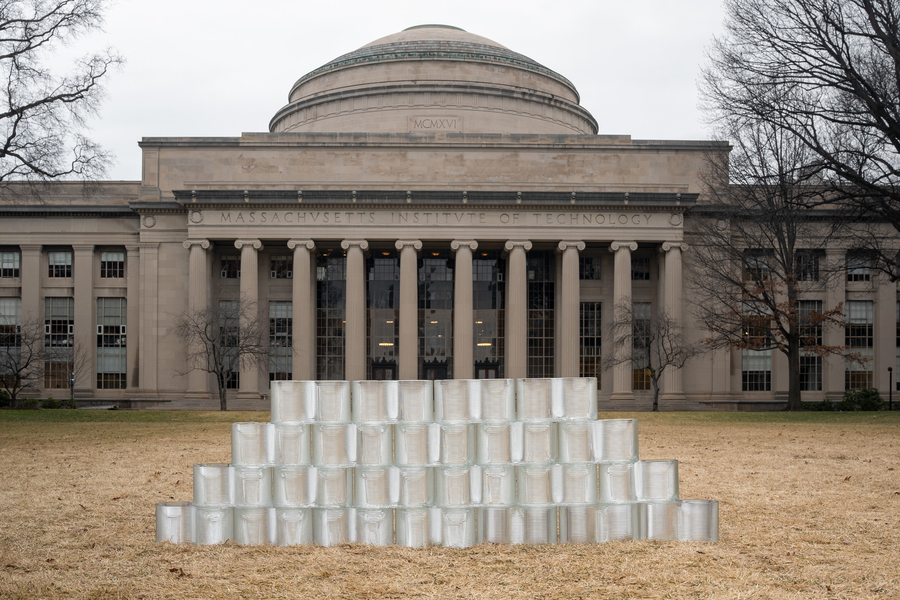
The LLMs that have increasingly taken over the tech world are not “cheap” in many ways. The most prominent LLMs, such as GPT-4, took some $100 million to build in the form of legal costs of accessing training data, computational power costs for what could be billions or trillions of parameters, the energy and water needed to fuel computation, and the many coders developing the training algorithms that must run cycle after cycle so the machine will “learn.”
But, if a researcher needs to do a specializ...
Read More









Recent Comments